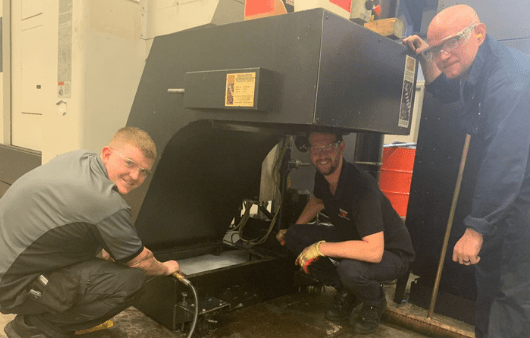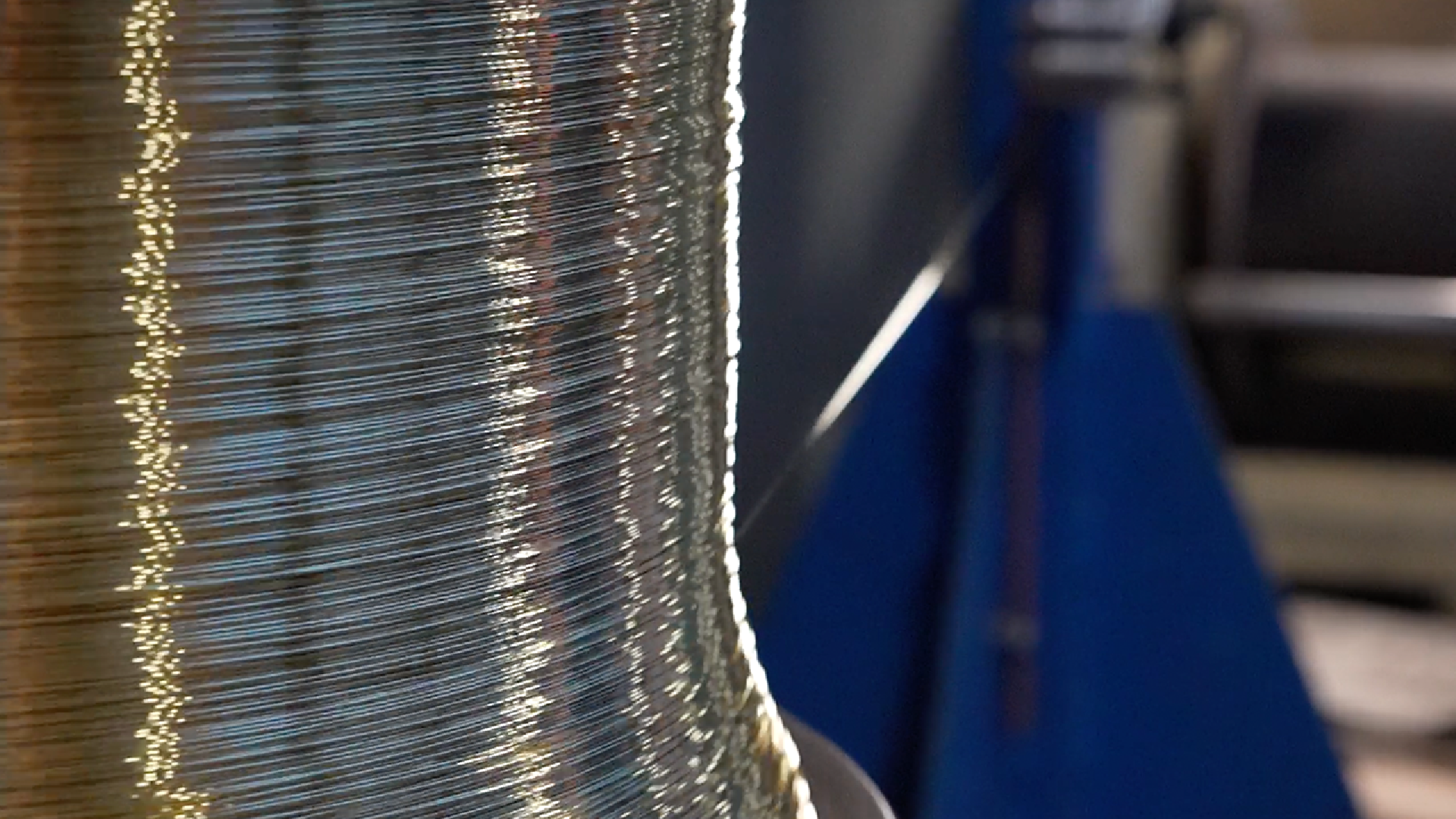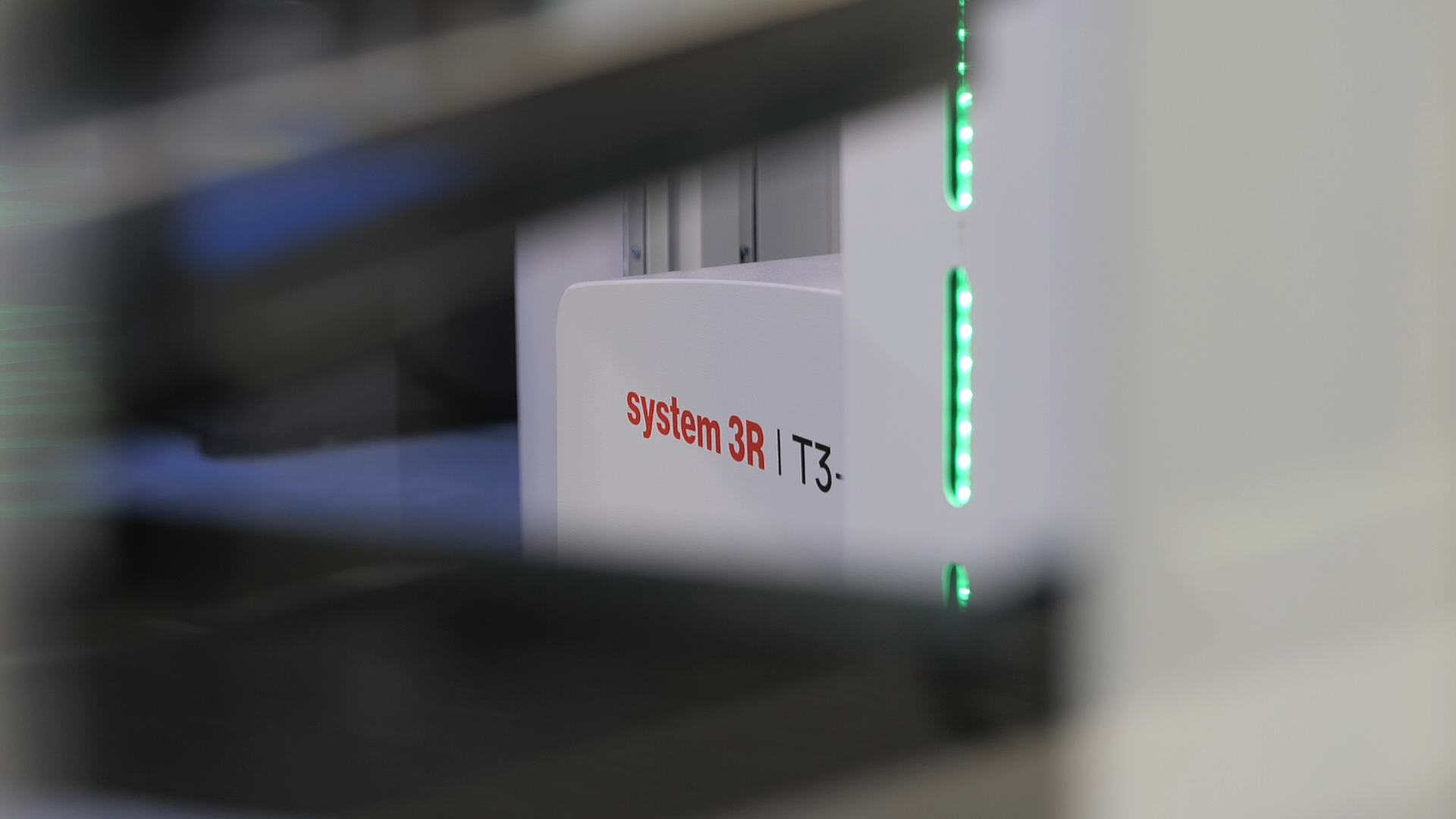
As outlined in the HSE document ‘MW5: Managing Fluid Quality’ , checking your metalworking fluids regularly is important. This is for several reasons:
- To maintain fluid quality & performance
- To help prevent corrosion or damage to machinery
- To help keep workers safe
You can manage these risks in a number of ways. HSE guidelines for good practice of MWFs are that you do the following regular fluid checks (recommended weekly):
- Bacteria, yeast & mould checks using dip slides
- Tramp oil checks (must be kept to a minimum, below 2% is suggested)
- Fluid concentration checks using a refractometer
- pH tests using pH strips or a digital pH meter
- Temperature checks – check operating temperature
- Visual and odour checks – look for biofilm & mould growth, metal fines and monitor for foul odours.
Unchecked, all the above can impact how well the metalworking fluid performs and how safe it is to work with. These factors can also affect one another e.g. bacteria levels can affect pH values and vice-versa.
In this blog post, we will discuss one of these checks in more detail – bacteria, yeasts and mould monitoring using MCBTM2 dip slides.
Why do I need to check my metalworking fluid for microbes?
Regular dip slide testing of metalworking fluids is essential for maintaining fluid quality that protects machinery and the health of workers. Unchecked microbial contamination can contribute to biofilm that can cause machinery malfunctions. As well as this, harmful levels of bacteria, yeasts and moulds can impact human health (particularly the lungs and skin).
Due to microbial levels affecting other factors, such as pH, high microbiological contamination can also lead to the metalworking fluid becoming corrosive.
Other factors that can affect microbial growth
The reason that conducting all of the weekly ‘health’ checks on your fluid is important, is that each one can affect bacteria, yeasts and moulds levels. The metalworking fluid is an ecosystem that needs to be balanced so that one factor such as the pH value is at its optimum level and doesn’t contribute to microbial growth or corrosion.
Tramp oil contamination above the minimum suggested level can contribute to microbial growth.
If fluid concentration is lower than the recommended level, this can lead to bacterial, yeast and mould contamination.
When the pH value is out of range and too low, these are better conditions for microbes to grow. A low pH value can also actually be caused by a high bacterial, yeast and mould count so these two factors are very much dependent on each other being in check.
An operating temperature over 30 degrees Celsius provides a perfect environment for bacteria, yeasts and moulds to grow (in fact this is the temperature that dip slides should be incubated at to ensure optimal growth).
An accumulation of metal fines can also contribute to microbial growth.

What is a dip slide?
A dip slide is a plastic paddle that has a layer of jelly like substance on either side of it. This jelly is called agar and is a culture media that will grow micro-organisms. Different agars grow different types of microbes. For testing metalworking fluids, the MCBTM2 dip slide has an agar for a total aerobic bacteria count on one side and a yeasts and moulds count on the other side.
After testing a sample, bacteria, yeasts and moulds colonies will grow on the dip slide. Any dots on the dip slide indicate that you have microbial growth within your system.
How to use a dip slide
- Wear gloves (if there is no danger of entanglement in machinery) to protect hands from exposure to metalworking fluids.
- Remove the dip slide from its tube. Place the dip slide into the metalworking fluid sample for 10 seconds. Make sure that the dip slide is fully covered by the fluid.
- Remove the slide from the fluid and let any excess fluid drain off before placing the dip slide back into its tube.
- Put the dip slide into a compatible incubator and allow to incubate for the appropriate length of time (24-48 hours for the bacteria side & 48 – 120 hours for the yeast and moulds side).
- Compare with the included chart to find your result. Log result on a paper record sheet, log book or Excel document.
Dip slide Incubation
The incubation time for MCBTM2 Metalworking fluid dipslides is 24-120 hours. There is quite a long time period between 24 and 120 hours, this is why:
- There is a minimum incubation time of 24 hours for the total bacteria count side of the dip slide.
- We usually recommend leaving the bacteria side to incubate for up to 48 hours.
- The exception to this is if the slide is covered with colonies (dots) after 24 hours.
- If this is the case, the result can be recorded as the highest bacteria level without the need for further incubation.
The moulds and yeasts side of the dip slide requires incubation for 48 to 120 hours with the same principle. Generally, leave the dip slide incubating for the full 120 hours but if the contamination is the highest on the chart after 48 hours, you can record it as the highest count with no need to incubate further.

What the results mean
Upon checking the dip slides after incubation, you will more than likely notice dots on the agars. The total bacteria side of the dip slide will have red dots on whereas the yeasts and moulds side of the dip slide will have clear or fluffy bumps. These dots and bumps are microbial colonies.
The results are calculated in CFU (colony forming units) / ml*. Approximately 1 ml of sample is absorbed by the dip slide when testing. When you have taken the dip slide out of the incubator, you count the colonies and compare with the full colour chart included with the dip slides. When you find the image of the results that best matches the growth on your dip slide, you then record the reading associated with that image as your result (e.g. 10 3 cfu/ml).
*The only exception to this is when calculating the mould result, which is recorded as either light, medium or heavy.
In terms of what this means for your metalworking fluids, it all depends on the result. HSE guidelines now recommend the following advice regarding dip slide results:

Enter description
Bacteria are being maintained at low levels. Regular checks and actions to maintain the fluid quality should continue.

Enter description
Review and take action to check the quality of the metalworking fluid and adjust fluid parameters to those recommended by the supplier. If bacterial growth continues despite these adjustments, add biocide at the dose recommended by your supplier.

Enter description
Immediate action should be taken in line with the risk assessment. Normally draining and cleaning should take place. The HSE advise that all good practice measures and monitoring of the metalworking fluid are performed before adding biocide.
As mentioned earlier, each fluid quality measurement can affect another so if you get a result that indicates microbial growth, make sure that you test and adjust the following before taking other measures.:
- pH
- Fluid concentration
- Tramp oil
- Metal fines contamination
- Operating temperature
However, if your result is higher than 10 6 cfu/ml, immediate action is required as this indicates a very high microbial level.
In summary
As well as taking action when needed, make sure to record and retain your dip slide results alongside all of your other fluid quality test results.
Overall, a dip slide is a simple to use tool that will help you to monitor your metalworking fluid quality easily and effectively.
To keep things simple, Dip-slides.com and Rocol have partnered to offer three kits at discounted rates for Rocol customers allowing them to comply with HSE on testing their fluids quickly and efficiently without any need for training or outsourcing. Please see dipslides.com for more information.





















